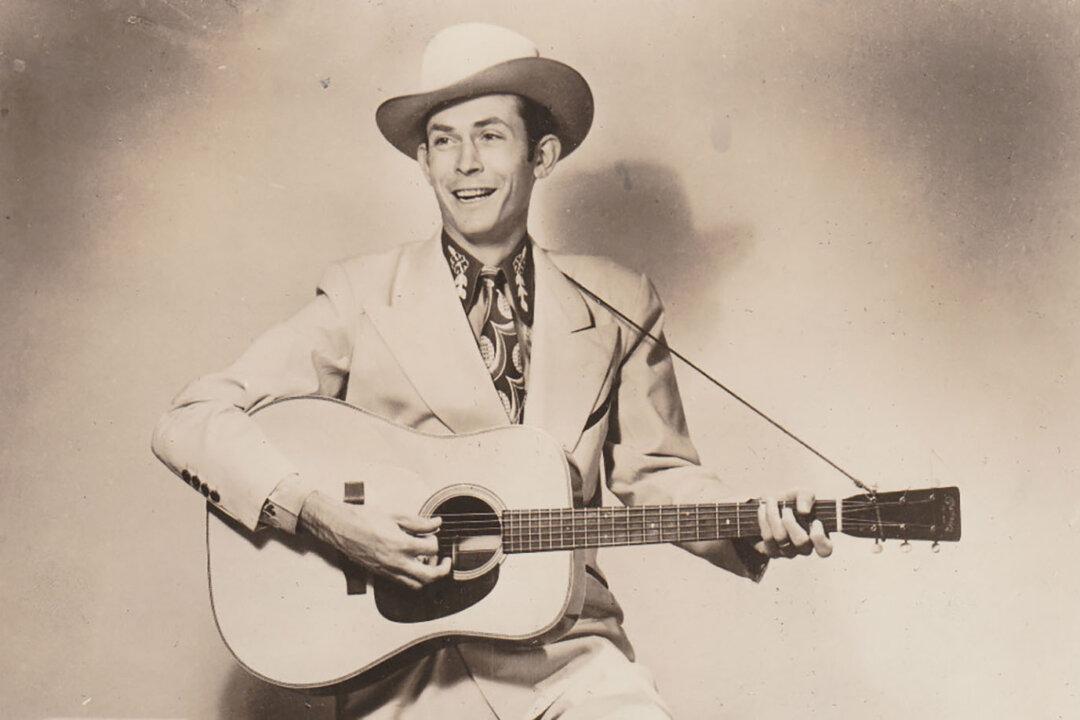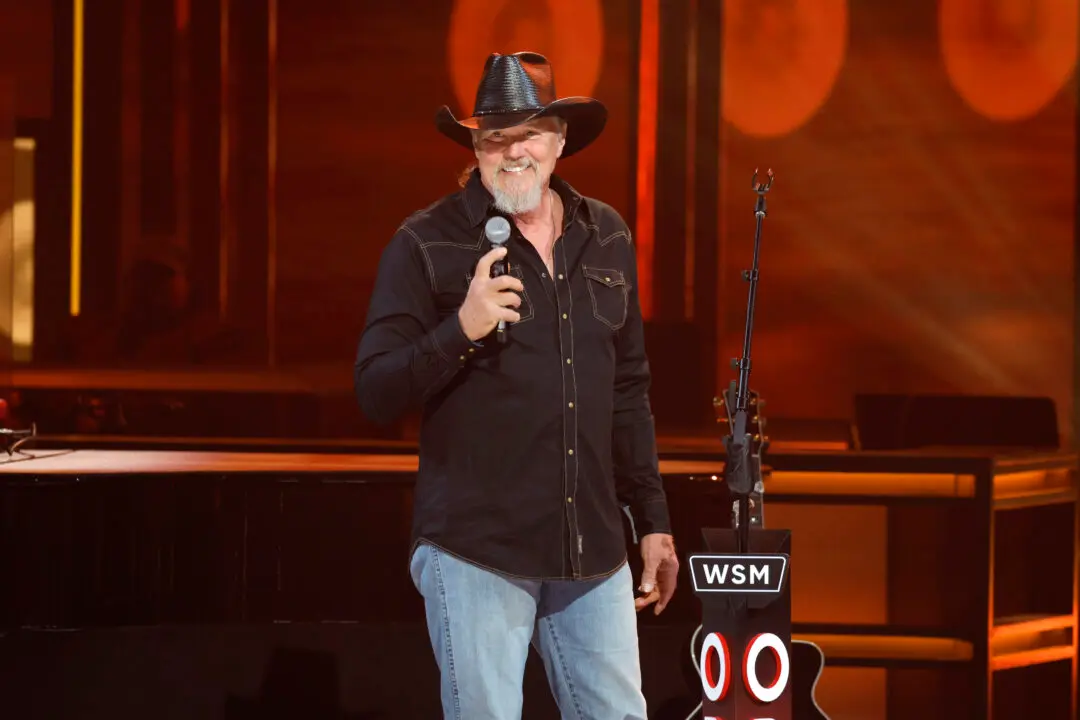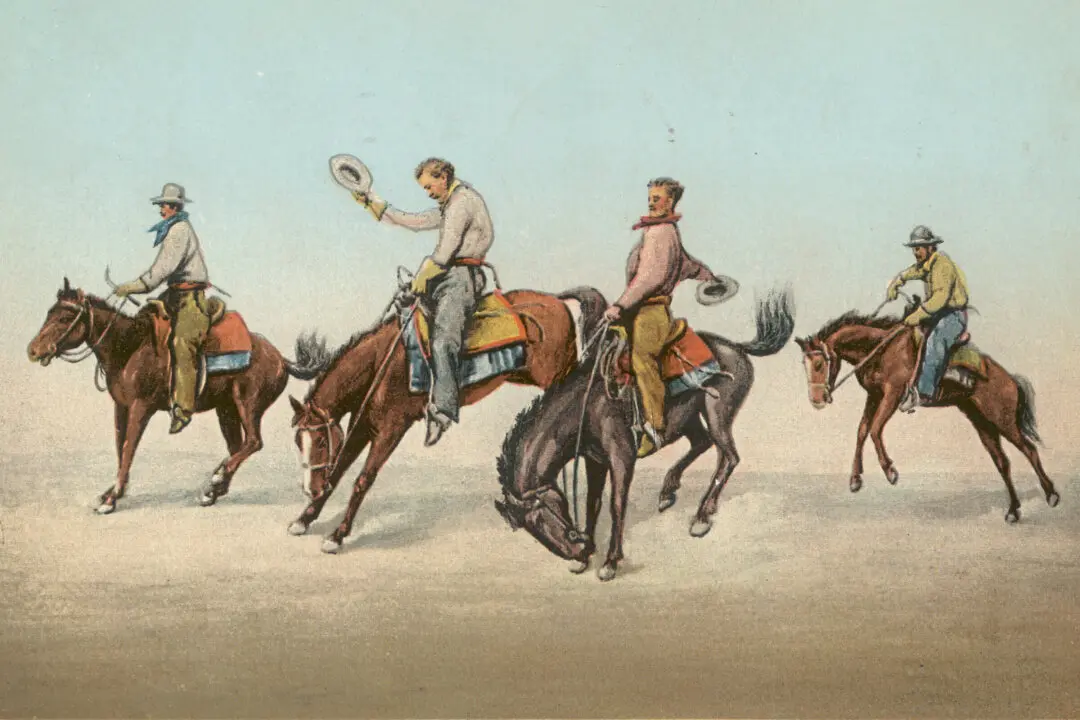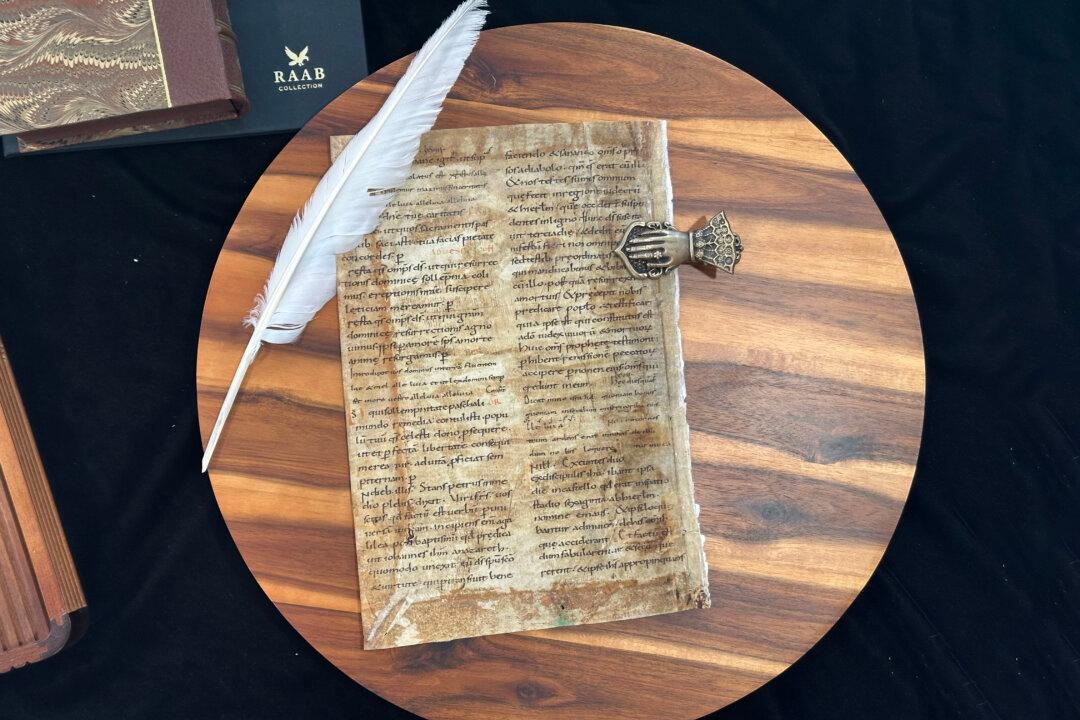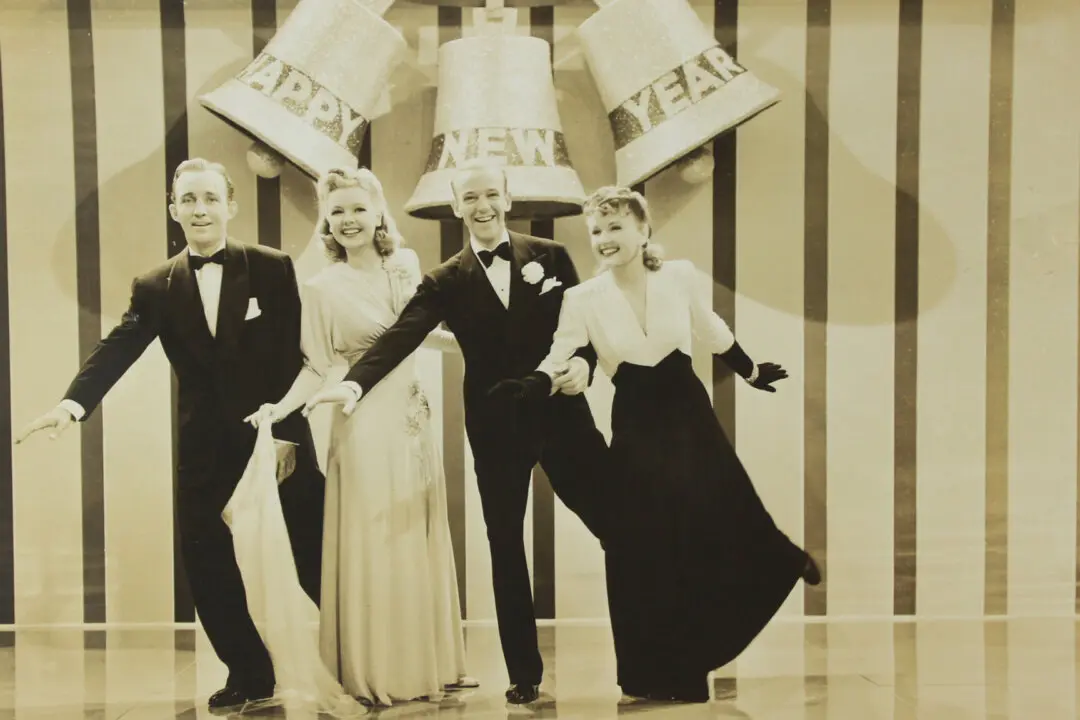On a cool January night in 1947, country singer Hank Williams slept in the backseat of his car as his mother drove him home from a show. They were on their way to Montgomery, Alabama, and Williams always knew they were close to home when the light of the Dannelly Field airport tower came into view. On this particular winter night, since Williams was asleep in the back seat, his mother Lillie made note of the bright light.
As they passed by the airport, she got her son’s attention and said, “Hank, I just saw the light.” Though Williams was groggy from his post-performance nap, he still had the wherewithal to know a hit lyric when he heard one. From the time it took them to pass by Dannelly Field and return home to Montgomery, Williams had already written the lyrics to a song.

